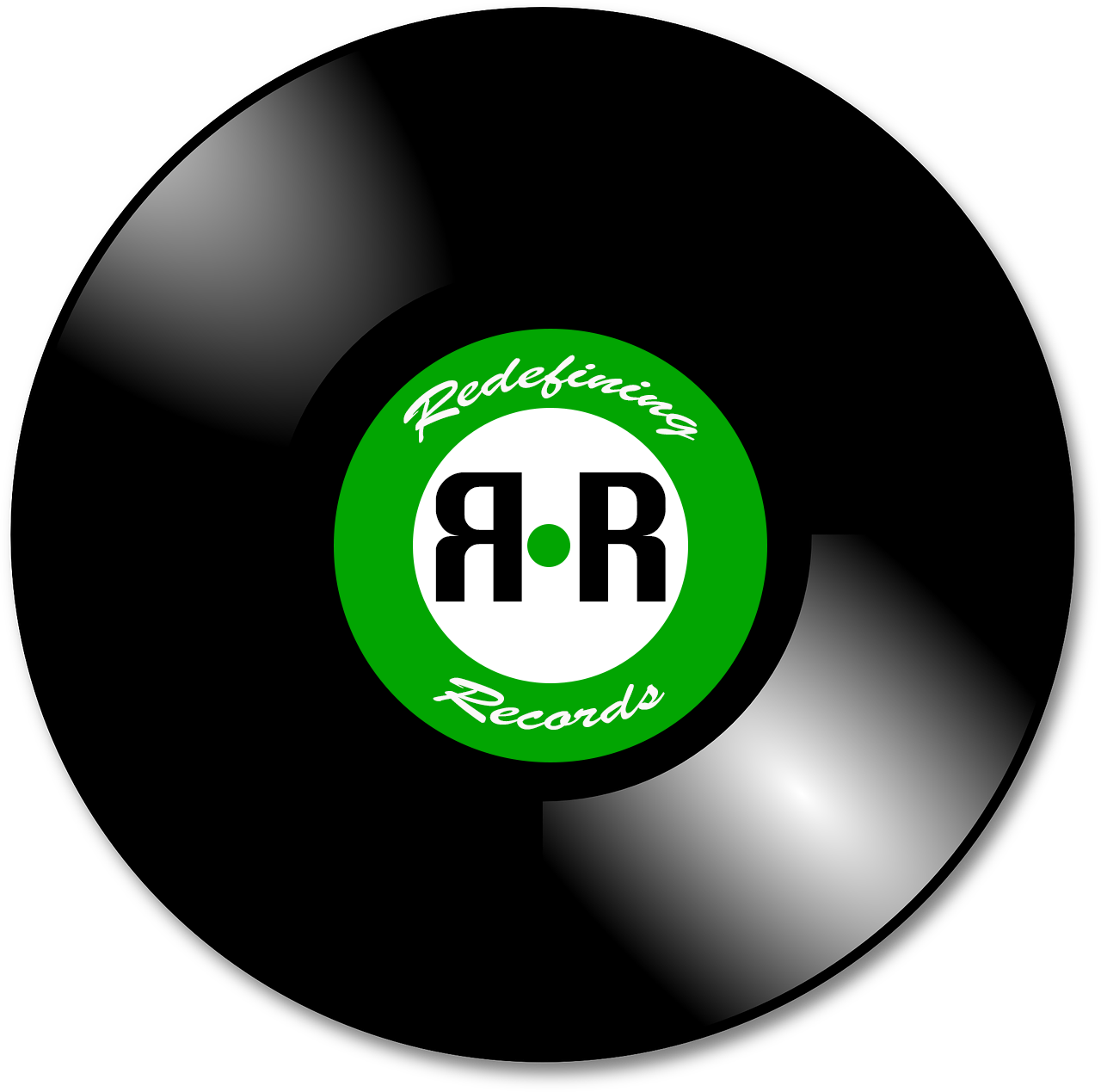DROGAS LIGHT

Lupe Fiasco
Recommended for:
Time travelers from the year 2008
Pros:
Dope rapping, as always
Interesting perspective on a variety of topics
Makes your dictionary worth using again
Cons:
Tracks 11-13 are straight garbage
Beats sound either outdated or amateurish
Too many white guys singing
Why do you do this to us, Lupe? Why do you have arguably the most inconsistent discography in all of hip-hop? How did you go from a Kanye cosign on Lupe Fiasco’s Food and Liquor to Radio Disney-type beats on Lasers? Why do you sound like an annoying, fedora-wearing teenager sometimes (“Bitch Bad”), but like an enlightened monk other times (“Hurt Me Soul”)? Do you not like making music? Or us? What did we do to you, Lupe?
With every new Lupe Fiasco release, two things may happen: either he drips soul-drenching honey into your eardrums, or he stabs you repeatedly with a rusty knife. His first two albums are widely considered classics of the genre; the two that followed are of the same quality as my morning shits. However, the ensuing album, Testuo & Youth, saw the Chicago rapper returning to his prolific beginnings. So now we must find out whether DROGAS Light bucks this erratic trend.
No…it doesn’t. But first, the good things about this album. For the majority of the track list, Lupe displays the witty punchlines, mind-bending rhyme schemes, and invigorating storytelling that attracted hip-hop fans since the Fahrenheit 1/15 mixtapes. The recurrent chorus in “Made in the U.S.A.” develops new interpretations as Lupe queues up subsequent verses. He points out that while we pride ourselves on “made in the U.S.A.” products, we neglect to mention that gun violence, systematic racism, and mainstream ignorance are all products of this country as well. On “Dopamine Lit (Intro),” the leadoff to the record, Lupe brings forth bars of a highly flammable nature, rapping “This one ain’t for Billbo’/You can stream the album on Silk Road/Drug rings for more dough/So they baggin’ like Bilbo.” References to Lord of the Rings and drug trafficking are combined to disclose a simple message: this ain’t no mainstream bullshit.
Unfortunately, Lupe abandons this claim in the latter half of the album, stacking bullshit on top of more bullshit. “Pick Up the Phone,” with its “Call Me Maybe” string arrangement and disgustingly sugary chorus, makes me want to pick up a sharp object and direct it towards a main artery. More gut-wrenching is “Wild Child,” another song featuring some barely talented white guy singing an ambiguous, feel-good hook. “In the backseat or the backyard/Feeling like we got no problems at all/I’m so happy when I’m with you, with you,” croons Jake Torrey on the bridge, who has the golden combination of passable singing, unoffending beard stubble, and pale skin to one day provide the soundtrack to a chick flick that has a twenty percent rating on Rotten Tomatoes.
Even the more hard-hitting songs, such as “Tranquillo” and “Promise,” have major flaws in the production. Befitting the Rick Ross feature, “Tranquillo” sounds like a Maybach Music throwaway made before our country had its first African-American president. While “Jump” contains an alien abduction story that is somewhat interesting, the bass-heavy beat is basically a shittier “A Milli.” And “Promise,” Lupe’s snarky response to the “mumble-rap” trend, fails to deliver because the amateurish production distracts from the rapper’s message. I wouldn’t be surprised if Lupe discovered this beat in a Youtube video titled “DOPE TRAP BEAT HIP HOP RAP MADE FOR THE STREETS.”
These issues—of having outdated and beginner-sounding beats—have plagued Lupe’s discography since his debut album. At best, like on Testuo & Youth and Food and Liquor, they give tracks a charming and innocent quality that exemplifies Lupe’s optimism. At worst, like on Lasers or his puzzling Friend of the People mixtape, they make his songs nearly unlistenable. It’s one thing to rap over mainstream, trendy beats. It’s another, unforgivable thing to rap over shitty imitations of popular instrumentals from five years prior. Especially the poppy, radio-friendly filth with the aforementioned indistinguishable white guy on hook duty. Just awful.
If Lupe Fiasco was actually Wiz Khalifa or Machine Gun Kelly, he can totally rap over those type of beats and produce mediocre, but catchy, hit singles. But he’s not. Lupe Fiasco, hailing from West Side Chicago, is illuminating social critic that possesses rhyming abilities of the highest quality. When he goes off, he goes like no other (friendly reminder to listen to “Mural,” one of the most beautiful rap songs of the millennium). The first half of this album, as well as half of his discography, proves that Lupe is capable of achieving greatness in his unique lane. So why does he insist on being Wiz Khalifa?
It may be that there are two competing forces motivating Lupe’s music. One is his unwavering optimism in the face of perpetual struggle: from threats of gang violence as an adolescent to combating the bleakness of our sociopolitical climate. The other is his pretentiousness. Someone as deeply reflective as Lupe naturally develops a sense of superiority over his seemingly less thoughtful peers. These two polarizing forces are natural enemies, and imbalance leads to suboptimal consequences. If Lupe is too blindly optimistic, he gives the world Lasers. However, extreme cynicism produces Food and Liquor II: The Great American Rap Album Pt. 1 (even the album name is glaringly pretentious). But the perfect balance of positive and negative, angel and demon, leads to Lupe’s best projects: tastefully-crafted songs that both expertly explore societal issues and entertain through impeccable rapping. Lupe Fiasco might eventually retire with a place on hip-hop’s Mt. Rushmore. The only thing preventing that from happening is himself.
Favorite songs: Dopamine Lit (Intro), Made in the U.S.A, Kill
5/10


